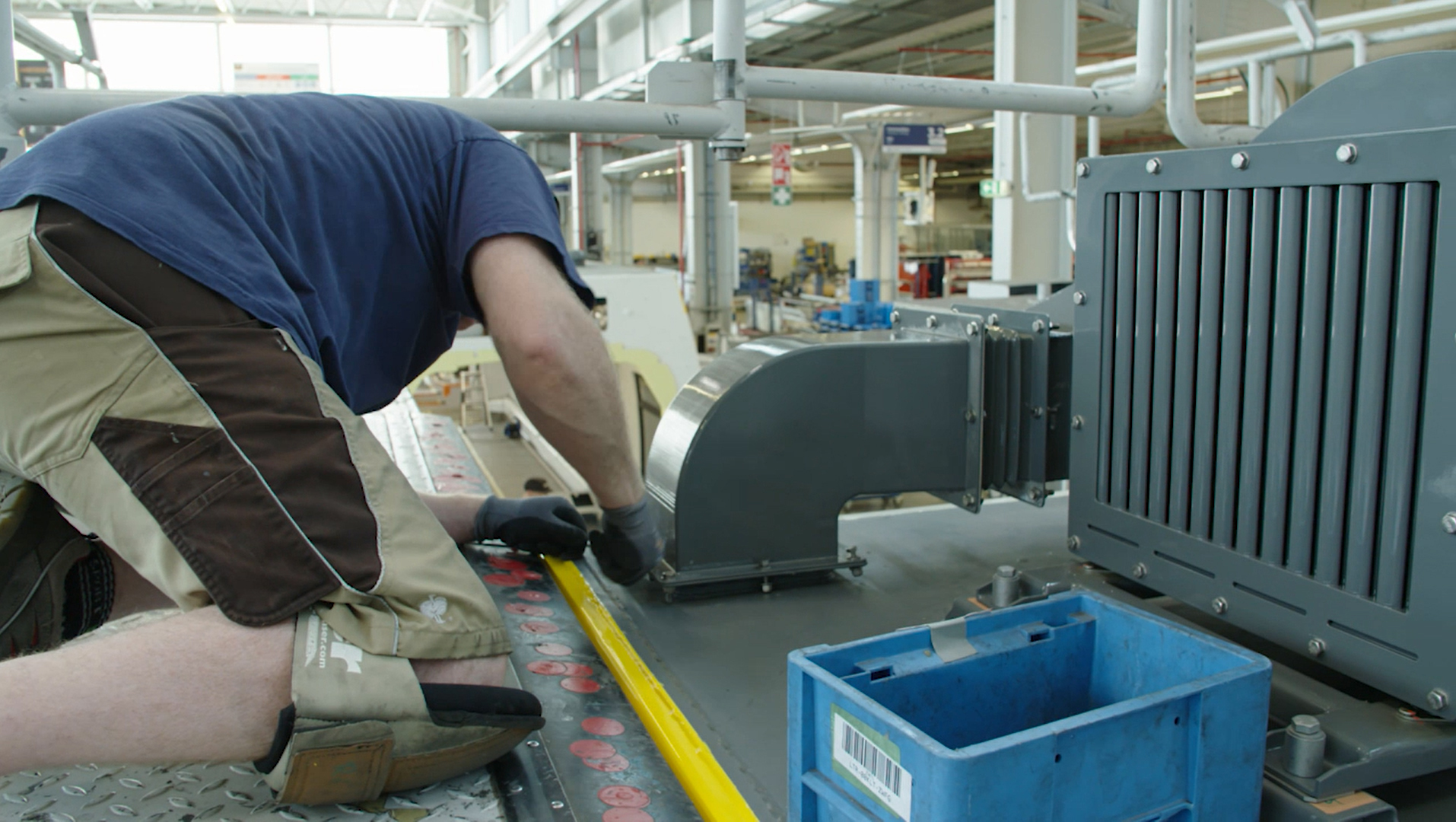One often thinks that when it comes to industrial 3D printing, the FDM technology does not allow a wide range of opportunities as the other additive manufacturing technologies. One company that keeps proving precisely the opposite is Stratasys.
There is always a lot to see and a lot to say when it comes to discovering the company’s activities in the additive manufacturing industry. Once more, its press conference at formnext demonstrated this fact. During the international event, Stratasys went back on a year full of innovations.
The FDM specialist has been able to achieve successful launches and improvements in key market segments including design, engineering, manufacturing, healthcare and rail industry.
Throwback to the manufacturer’s key innovations in 2019
At the end of the first quarter of 2019, the 3D printer manufacturer unveiled the F120 3D printer. Despite its “desktop 3D printer appearance”, a recent conversation with Thibaut Mathieu, General Manager South-West EMEA Stratasys, laid emphasis on the fact that the 3D printer is not designed for beginners in AM, but rather for professionals and SMEs that would like to ensure parts quality and capacity to reproduce several times.
Still in the 3D printer segment, the manufacturer brought to the market the J750™ Digital Anatomy™ 3D Printer. With the goal of addressing the needs of healthcare specialists, this device brings medical models to life. The 3D printer has been acknowledged by medical experts for its realism and its ability to recreate human physiological conditions, which enable simulation of actual clinical situations and the study of new devices in order to establish their effectiveness for a given patient.
The latest 3D printer the Israeli company unveiled, is the J850™ 3D Printer. “Designed for designers”, the newest member is said to produce concept models twice as fast as previous J-Series systems. It would enable operators to benefit from transparency and flexibility combinations in the production of one component.
Apart from these new devices, the manufacturer has also managed to streamline work order management processes by improving the way professional collaborate on 3D Printing orders. With the release of its software solution “GrabCAD Shop”, operators can create print orders faster while managing them easily through the process.
Among all these solutions, Stratasys’ most interesting solution remains the one that addresses tangible challenges in the rail industry.
Stratasys Rail Industry Solution
It’s been two years already that we have witnessed the increasing interest of the manufacturer in the railway industry. At that time, both the railways and processing industries were considered as nascent segments in the additive manufacturing arena.
A major issue faced by this sector was the increasing rise of obsolete parts in trains. 3D printing/AM was therefore an efficient solution to address this challenge. Another challenge consisted in exploring solutions to improve the effective use of existing parts.

One of the first collaborations that enabled the manufacturer to address this issue was the one achieved with Angel Trains & DB ESG. The three companies have been working on the manufacturing of interior & exterior components of trains, and thereafter achieved successful tests of these 3D Printed parts on trains.
Moreover, an in-depth analysis of this segment by Stratasys’ additive manufacturing consultancy, Blueprint, revealed that for one major U.S. commuter rail service, every day a train set is out of service costs €18,000. Furthermore, a single part that would ordinarily cost less than €100 is all that keeps the train from running. Compounding the challenge, the service life of trains is typically 35-45 years making sourcing spare parts a challenge.
By turning to additive manufacturing, train operators can get the parts they need within a day or two regardless of the uniqueness of the part or the age of the train car, minimizing time spent in a maintenance yard and dramatically reducing costs.
What 3D printing technologies would suit the manufacture of these parts?
Speaking of the technological aspect, the manufacturer recommends the use of its ULTEM™ 9085 resin and Antero 800NA materials that can be processed on its Fortus 3D printers. Both materials have passed the European Union’s Rail Standard, EN45545-2.
Leveraging these technologies, rail operators could produce spare parts on demand that meet strict government certification requirements for smoke, fire, and toxicity.
These 2019 solutions are showing how the FDM and PolyJet technologies specialist is staying ahead of his curve. One thing is certain, we can expect further applications of these technologies from the manufacturer in 2020.
You can now post free of charge job opportunities in the AM Industry on 3D ADEPT Media.
For further information about 3D Printing, follow us on our social networks and subscribe to our newsletter : Facebook, Twitter, LinkedIn & Instagram !
Would you like to be featured in the next issue of our digital magazine? Send us an email at contact@3dadept.com


